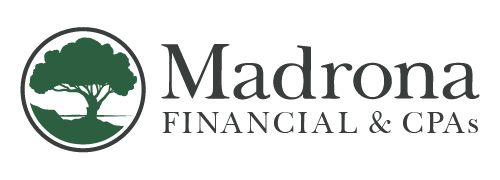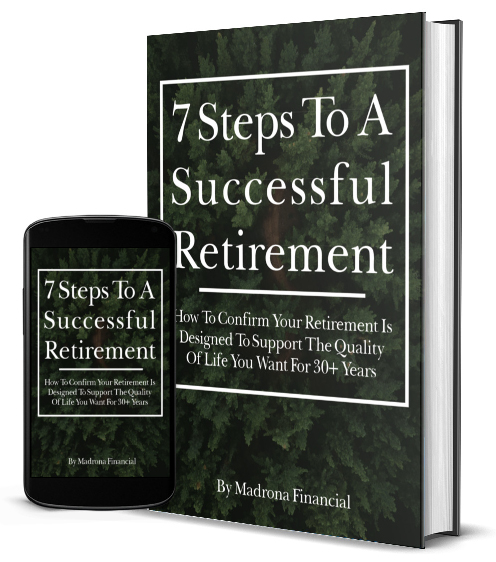
Look, just because someone may go to church on occasion, this fact alone does not make them a Christian. Similarly, I own a garage and many tools, but I can assure you that I will never be mistaken for a mechanic. Yet all of us who participate in 401(k) plans are required to self-direct our investments and essentially be “asset allocation” experts when it comes to our primary retirement fund.
Does this make any sense?
Clients of mine are often embarrassed that they don’t understand the markets or the tax code. They see commercials of babies easily maneuvering their stock portfolios or commercials saying the computer can easily solve all your tax preparation questions. Neither of these assertions is remotely true. I have spent 30 years learning my trade. Why expect yourself to easily pick up this kind of experience?
It used to be that many workers would stay at a job their whole career and then upon retirement, would receive a defined benefit pension paying them for the rest of their lives. With the advent of 401(k)s, the burden of investing has been transferred to us as employees, yet most workers have very little experience building proper risk-adjusted asset allocation models. Even fewer of us know what an asset allocation model even is. In addition, most plans have high fees and/or very limited investment choices.
UNDERSTANDING YOUR 401(K) OPTIONS AT 59 ½

1. Creating Better Income Solutions
2. Providing Investment Options
3. Plan Consolidations
4. Offering More Beneficiary Options
5. Stretching IRA
6. Protecting Principal
Be sure to get professional help.
Besides getting help from an experienced financial planner, what can someone do about this? If you are 59 ½ your plan may allow for something called “non-hardship, in-service distributions.” This is where you set up your own IRA, and roll some or all of your current balance into it. This is a tax-free transfer.
Then, instead of only having 10-30 choices for your investments, you now have thousands. In addition, you can now take advantage of some of the lower-risk insurance company investment options.
Finally, you can still continue to contribute to your existing 401(k) plan, and receive any employer match.
This is a complex area of the tax code and there are some potential advantages to leaving funds in a plan after 59 ½, but often the disadvantages can outweigh this.

